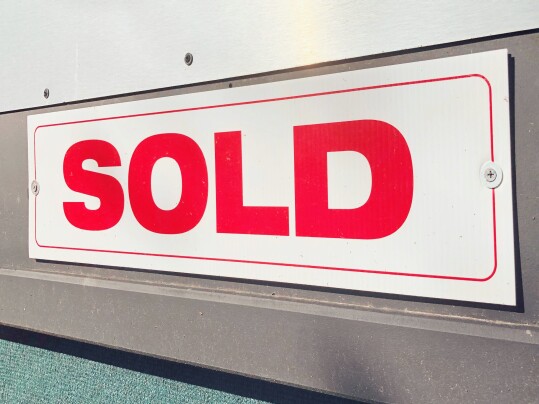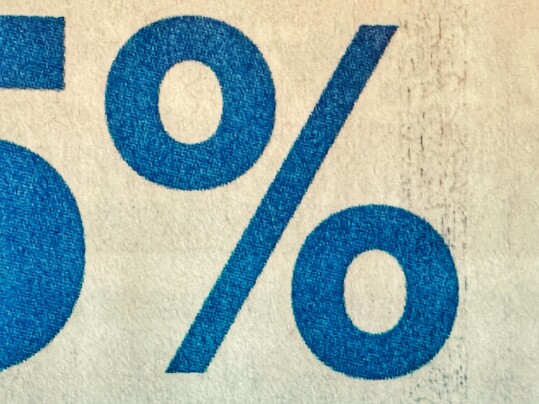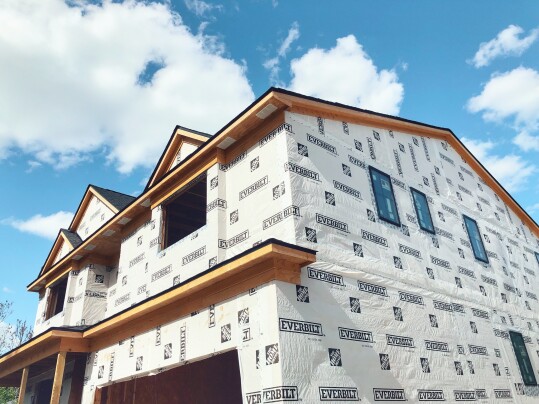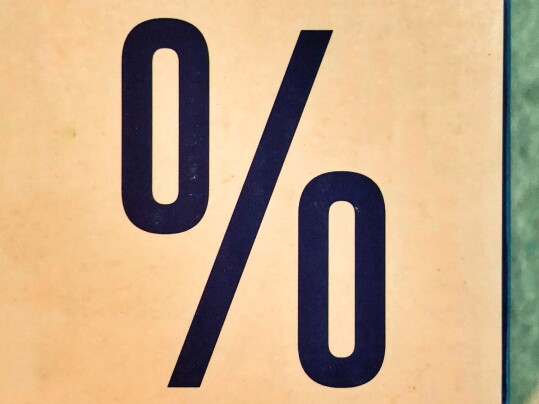New data from the National Association of Realtors shows homes for sale sold faster in April than they did in March. In fact, the typical property sold in just 22 days. That’s down from 29 days the month before, but up from 17 days last year at the same time. Overall, 73 percent of homes sold during the month were on the market less than 30 days. The quickening pace of home sales is a sign that home buyers remain active, despite low inventory and mortgage rate volatility. Still, despite buyer demand, total sales fell in April, dropping 3.4 percent from the month before. Lawrence Yun, NAR’s chief economist, says the market is up-and-down right now. “Home sales are bouncing back and forth but remain above recent cyclical lows,” Yun said. “The combination of job gains, limited inventory, and fluctuating mortgage rates over the last several months have created an environment of push-pull housing demand.” (source)
Archive for May 2023
Homes For Sale Sold Faster In April
Home Buyers Keep An Eye On Mortgage Rates
According to the Mortgage Bankers Association’s Weekly Applications Survey, average mortgage rates increased last week from one week earlier. Rates were up for 30-year fixed-rate loans with both conforming and jumbo balances,15-year fixed-rate loans, and 5/1 ARMs. The increase – the first in weeks – caused buyers to pause their plans, as home shoppers continue to watch mortgage rates closely. Joel Kan, MBA’s vice president and deputy chief economist, says rate volatility and low inventory slowed buyer activity last week. “Purchase applications decreased 5 percent to its slowest pace in a month, as buyers remain wary of this rate volatility, but also as for-sale inventory in many parts of the country remains scare,” Kan said. Overall, mortgage application demand was down 5.7 percent from the week before. The MBA’s weekly survey has been conducted since 1990 and covers 75 percent of all retail residential mortgage applications. (source)
Home Builder Confidence Continues To Climb
The number of existing homes currently available for sale is low. It has been for years. But while that’s been a frustration for buyers, home builders see it as an opportunity. After all, buyers who can’t find an older home may decide to turn to a newly built home instead. These days, that seems to be the case, and it’s driving the recent rise in home builder optimism. The National Association of Home Builders’ Housing Market Index surveys builders each month in an effort to gauge their confidence in the market for newly built homes. The index ranks builders’ responses on a scale where any number above 50 indicates more builders view conditions as good than poor. In May, the index rose for the fifth straight month and reached 50 for the first time since last July. Robert Dietz, NAHB’s chief economist, says buyers are turning to new homes. “Lack of existing inventory continues to drive buyers to new construction,” Dietz said. “In March, 33 percent of homes listed for sale were new homes in various stages of construction. That share from 2000-2019 was a 12.7 percent average. With limited available housing inventory, new construction will continue to be a significant part of prospective buyers’ search in the quarters ahead.” (source)
1st Quarter Home Prices Up In 70% Of Metros
These days, housing market conditions depend a lot on where you look. What’s happening in one market can be the exact opposite of what’s happening in another. Home prices are a great example of this. According to one new analysis from the National Association of Realtors, home prices were up in nearly seven of 10 metropolitan areas during the first quarter. But while a majority of metros saw increases, the disparity between areas where prices rose and where they declined was significant. For example, Western cities like San Francisco and San Jose saw prices drop by double-digits during the first quarter, while at the same time Milwaukee and Dayton saw double-digit increases. Lawrence Yun, NAR’s chief economist, says the dividing line is pretty clear. “Generally speaking, home prices are lower in expensive markets and higher in affordable markets, implying greater mortgage rate sensitivity for high-priced homes,” Yun said. It’s true. Regionally, the Midwest and South posted year-over-year increases, while the Northeast was flat and the West dropped 5.3 percent. (source)
What Homeowners Plan To Do With Their Equity
One way homeowners build up equity is by paying off their mortgage month by month. Over time, paying your monthly mortgage bill will reduce what you owe on your house and grow your ownership share. The other way to build up equity is home price increases. That’s made the past few years great for homeowners, as home values saw double-digit spikes. But what can a homeowner do with their equity once they’ve built some up? The short answer is just about anything. There are, though, a few uses that are more common than others. In fact, according one new survey, there’s one use of home equity that’s far and away the most popular. The survey found the top reason homeowners are looking to take out a home equity loan or line of credit is to fund a home improvement project. Among respondents who plan to borrow against their home, 35 percent said they were using the money to better it through remodeling and maintenance projects. Home improvement is not only a popular use of a home’s value but also a smart one, as it reinvests it and can potentially add to it. Other popular ways homeowners are using their equity included major purchases and to pay down high-interest loans and credit cards. (source)
How’s The Spring Market Looking So Far This Year?
Spring is the hottest time of year for home sales. It’s when buyers get active and the market ramps up. So how’s it looking so far this spring? Well, home buyers seem to be following typical seasonal patterns, with demand rising as we move toward summer. But while buyers seem to be returning, sellers may not be. In fact, the inventory of homes for sale continues to run low. According to one recent analysis, new listings are down 28 percent from where they were last year at the same time. That means many homeowners – who may have considered selling – have stayed on the sidelines so far this year. That’s led to upward pressure on prices. In April, for example, home prices rose 1 percent from the month before. The good news, though, is that’s a relatively normal price increase for this time of year. And after last year’s ups-and-downs, a return to normal this spring would be a positive sign. (source)
Average Mortgage Rates Fall Again
According to the Mortgage Bankers Association’s Weekly Applications Survey, average mortgage rates fell again last week across all loan categories. Rates were down for 30-year fixed-rate loans with both conforming and jumbo balances, loans backed by the Federal Housing Administration, 15-year fixed-rate loans, and 5/1 ARMs. Joel Kan, MBA’s vice president and deputy chief economist, says demand for mortgage applications rose as a result. “Mortgage applications responded positively to a drop in rates last week, as the Fed signaled a potential pause at the current level for the federal funds rate in anticipation of inflation slowing and tightening financial conditions that will slow economic and job growth,” Kan said. Favorable rates led to a 5 percent increase in demand for home purchase loans and a 10 percent increase in refinance activity. The MBA’s weekly survey has been conducted since 1990 and covers 75 percent of all retail residential mortgage applications. (source)







